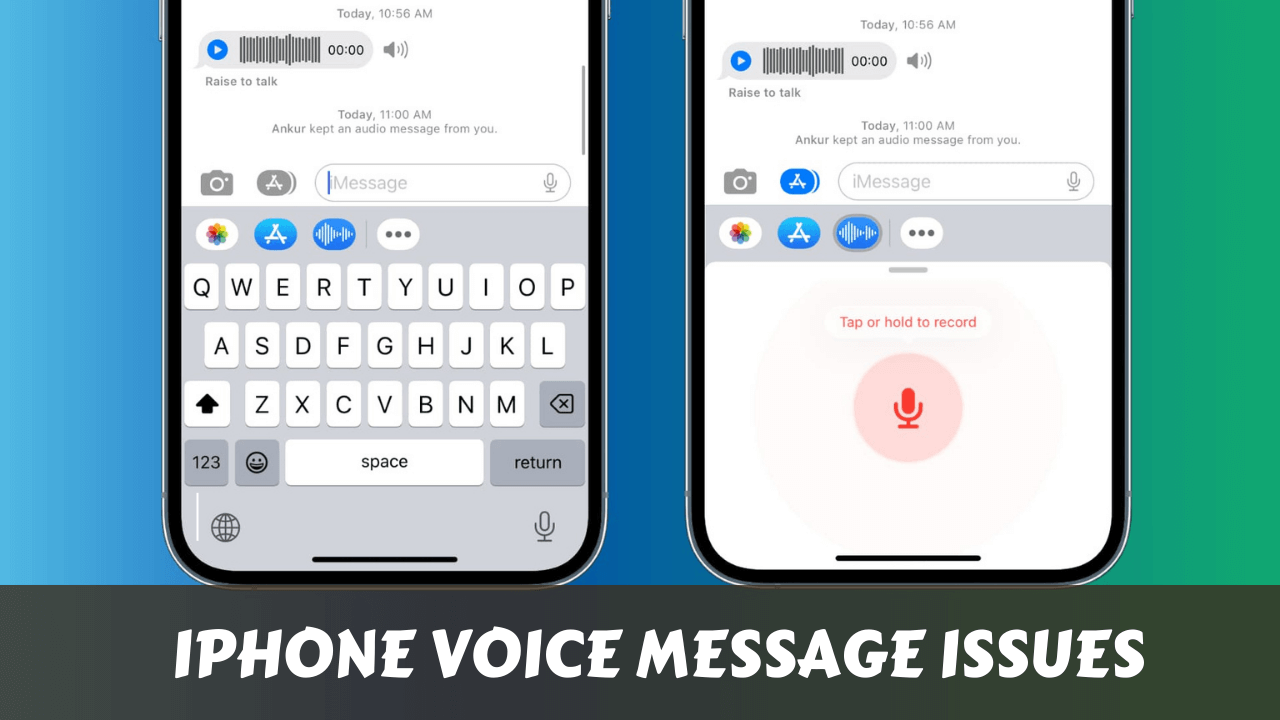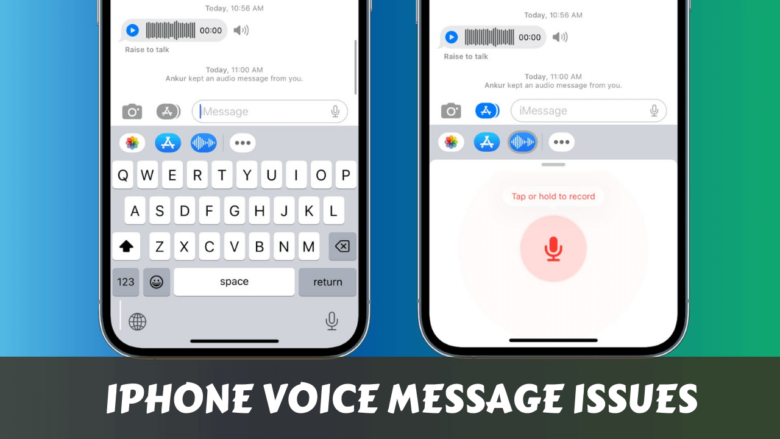- Why Sleep Hits Different When You Have ADHD
- The ADHD Brain at Bedtime: What’s Really Happening
- 💖 You Might Also Like
- Building Your ADHD-Friendly Bedtime Routine: The Framework
- Phase 1: The Wind-Down Window (2 Hours Before Bed)
- Phase 2: The Transition Zone (1 Hour Before Bed)
- Phase 3: The Sleep Prep (30 Minutes Before Bed)
- The ADHD Sleep Environment: Your Bedroom Setup
- When Your ADHD Mind Won’t Shut Up: Advanced Strategies
- The 4-7-8 Breathing Technique
- The Progressive Muscle Relaxation Method
- The Mental Movie Technique
- ✨ More Stories for You
- Common ADHD Bedtime Routine Mistakes (And How to Fix Them)
- ADHD Bedtime Routines for Different Ages
- Kids with ADHD (Ages 6-12)
- Teens with ADHD (Ages 13-18)
- Adults with ADHD
- Technology and ADHD Sleep: Friend or Foe?
- 🌟 Don't Miss These Posts
- Troubleshooting Your ADHD Bedtime Routine
- The Role of Medication in ADHD Sleep
- Creating Consistency When Everything Feels Chaotic
- FAQs About ADHD Bedtime Routines
- How long should my ADHD bedtime routine take?
- What if I have ADHD and my kid has ADHD too?
- Should I take melatonin for ADHD sleep issues?
- Can I drink coffee if I have ADHD and sleep problems?
- What if my ADHD routine stops working?
- How do I handle ADHD bedtime routine during hyperfocus episodes?
- Your ADHD Sleep Success Starts Tonight
“I just can’t turn my brain off at night.”
“My kid bounces off the walls until midnight.”
“Sleep? What’s that?”
Look, I get it.
When you have ADHD, bedtime feels like trying to park a race car in a phone booth.
Your brain’s still running at 100 mph while everyone else is winding down.
But here’s the thing – a solid bedtime routine for attention deficit hyperactivity disorder isn’t just nice to have.
It’s survival.
Why Sleep Hits Different When You Have ADHD
Your ADHD brain already struggles with executive function during the day.
Add sleep deprivation to the mix?
You’re basically trying to drive with no brakes.
Poor sleep makes ADHD symptoms worse:
- Focus goes out the window
- Impulse control tanks
- Emotional regulation becomes a joke
- Memory gets even more scattered
I had a friend who thought she was getting worse at managing her ADHD.
Turns out she was just getting 4 hours of sleep a night.
Fixed her sleep routine, and suddenly her medication worked better.
Her focus improved.
Her mood stabilized.
Sleep isn’t a luxury – it’s medicine.
The ADHD Brain at Bedtime: What’s Really Happening
Here’s what most people don’t understand about ADHD and sleep.
Your brain has delayed melatonin production.
While neurotypical brains start getting sleepy around 9 PM, yours might not kick in until midnight.
Plus, your mind races with:
- Tomorrow’s to-do list
- That embarrassing thing you said in 3rd grade
- Why hot dogs come in packs of 10 but buns come in packs of 8
- Every unfinished project ever
This isn’t laziness or bad habits.
It’s neurobiology.
💖 You Might Also Like
Building Your ADHD-Friendly Bedtime Routine: The Framework
Forget those generic “drink chamomile tea and read a book” routines.
That’s not how ADHD brains work.
We need structure with flexibility.
Systems that account for hyperfocus and brain fog.
Here’s my proven framework:
Phase 1: The Wind-Down Window (2 Hours Before Bed)
Set a phone alarm for this time.
No exceptions.
When it goes off, you start transitioning.
Dim the lights throughout your house
- Bright lights tell your brain it’s still day time
- Use warm, soft lighting
- Consider red light bulbs in your bedroom
Begin the brain dump
- Keep a notebook by your bed
- Write down everything swirling in your head
- Tomorrow’s tasks, random thoughts, worries – all of it
- This isn’t journaling, it’s mental decluttering
Start your sensory wind-down
- Put on comfortable clothes
- Lower the temperature (cool rooms = better sleep)
- Use calming scents if that works for you
Phase 2: The Transition Zone (1 Hour Before Bed)
This is where most ADHD routines fall apart.
You need activities that are engaging enough to hold your attention but calming enough to slow your brain down.
Choose your transition activity:
- Audiobooks or podcasts (nothing too exciting)
- Adult coloring books or simple crafts
- Gentle stretching or yoga
- Organizing something small (like your nightstand)
- Puzzle games (not video games)
The key is consistency.
Pick one and stick with it for at least two weeks.
Your brain needs to learn the pattern.
Phase 3: The Sleep Prep (30 Minutes Before Bed)
Physical preparation:
- Brush teeth
- Wash face
- Take any nighttime medications
- Use the bathroom
Mental preparation:
- Read something boring (seriously)
- Practice deep breathing
- Do a quick body scan to release tension
- Set out clothes for tomorrow
Environment setup:
- Phone on airplane mode or in another room
- Blackout curtains or eye mask
- White noise machine or earplugs
- Comfortable temperature
The ADHD Sleep Environment: Your Bedroom Setup
Your bedroom should be a sleep sanctuary, not a multipurpose room.
Remove these ADHD sleep killers:
- TV and screens
- Work materials
- Clutter and visual distractions
- Anything that screams “productive activity”
Add these ADHD sleep helpers:
- Weighted blanket (the pressure is calming)
- Consistent bedtime and wake time (even on weekends)
- Room temperature between 65-68°F
- Complete darkness (even small lights mess with melatonin)
When Your ADHD Mind Won’t Shut Up: Advanced Strategies
Sometimes the basic routine isn’t enough.
Your brain decides 11 PM is the perfect time to solve world hunger.
Here’s what to do:
The 4-7-8 Breathing Technique
- Inhale for 4 counts
- Hold for 7 counts
- Exhale for 8 counts
- Repeat 4 times
This activates your parasympathetic nervous system.
Fancy words for “calms you down.”
The Progressive Muscle Relaxation Method
Start with your toes.
Tense them for 5 seconds, then release.
Move up your body – calves, thighs, stomach, arms, shoulders, face.
By the time you reach your head, your body should feel heavy and relaxed.
The Mental Movie Technique
Pick a boring movie you’ve seen 100 times.
Play it in your head from start to finish.
Focus on remembering every detail.
This gives your brain something to do while avoiding stimulating thoughts.
✨ More Stories for You
Common ADHD Bedtime Routine Mistakes (And How to Fix Them)
Mistake #1: Making it too complicated
Your routine should have 5-7 steps, max.
More than that and your ADHD brain will abandon ship.
Mistake #2: Being too rigid
Some nights you’ll mess up.
That’s not failure, that’s Tuesday.
Build in flexibility for bad ADHD days.
Mistake #3: Expecting immediate results
It takes 2-3 weeks minimum to establish a new habit.
With ADHD, maybe longer.
Trust the process.
Mistake #4: Not accounting for hyperfocus
Set multiple alarms if you tend to get lost in activities.
Use timers liberally.
Your hyperfocus is not your friend at bedtime.
ADHD Bedtime Routines for Different Ages
Kids with ADHD (Ages 6-12)
Make it visual:
- Create a bedtime routine chart with pictures
- Use timers and alarms
- Build in movement (jumping jacks, stretching)
- Keep it consistent every single night
Sample routine:
- Clean up toys (10 minutes)
- Bath or shower (15 minutes)
- Brush teeth (5 minutes)
- Put on pajamas (5 minutes)
- Read story (15 minutes)
- Cuddle time (10 minutes)
- Lights out
Teens with ADHD (Ages 13-18)
Give them some control:
- Let them choose their wind-down activities
- Teach them about sleep hygiene
- Address phone addiction directly
- Be consistent with bedtime boundaries
Sample routine:
- Phone charging station outside bedroom (9 PM)
- Shower and get ready (30 minutes)
- Homework finish-up or brain dump (20 minutes)
- Reading or music (20 minutes)
- Lights out by 10 PM on school nights
Adults with ADHD
Focus on executive function support:
- Use apps and reminders
- Prepare as much as possible in advance
- Build in transition time
- Account for medication timing
Technology and ADHD Sleep: Friend or Foe?
Here’s the truth about screens and ADHD sleep.
The blue light is definitely bad.
But going cold turkey usually backfires with ADHD brains.
Better approach:
- Use blue light filtering glasses after sunset
- Switch devices to night mode
- Set phone to “Do Not Disturb” 1 hour before bed
- Use apps that gradually dim your screen
ADHD-friendly sleep apps:
- Calm (for guided meditations)
- Sleep Stories (boring stories designed to make you sleepy)
- White Noise (consistent background sound)
- Forest (helps you stay off your phone)
🌟 Don't Miss These Posts
Troubleshooting Your ADHD Bedtime Routine
“I keep forgetting to start my routine”
Set multiple phone alarms with custom labels:
- “Wind down time – start routine now!”
- “Last call for caffeine”
- “Phone goes in other room in 30 minutes”
“My routine works for a week, then I abandon it”
This is classic ADHD.
Don’t restart from scratch.
Just pick up where you left off.
Lower your standards if needed.
Something is better than nothing.
“I can’t stop scrolling on my phone”
Put your phone in another room.
Seriously.
If that feels impossible, you’re probably addicted.
Start with just 30 minutes phone-free before bed.
“My mind races no matter what I do”
Talk to your doctor.
Sometimes you need medication adjustments.
Racing thoughts at bedtime can be a sign your ADHD isn’t well-managed during the day.
The Role of Medication in ADHD Sleep
Let’s address the elephant in the room.
ADHD medications can mess with sleep.
If you take stimulants:
- Take them as early as possible
- Avoid afternoon doses
- Talk to your doctor about timing
- Consider shorter-acting options
Sleep aids and ADHD:
- Melatonin works for many people with ADHD
- Start with low doses (0.5-1mg)
- Take it 2-3 hours before desired bedtime
- Always consult your doctor first
Creating Consistency When Everything Feels Chaotic
The hardest part of any ADHD bedtime routine?
Actually doing it consistently.
Here’s how to stack the deck in your favor:
Start stupidly small
Don’t try to overhaul your entire evening.
Pick ONE thing and do it for a week.
Maybe it’s just putting your phone in another room.
Or writing down 3 things you need to do tomorrow.
Build from there.
Use implementation intentions
Instead of “I’ll go to bed earlier,” say:
“When my 9 PM alarm goes off, I will start dimming the lights.”
“When I finish dinner, I will put my phone on the charger in the living room.”
Be specific.
Track without obsessing
Note what works and what doesn’t.
But don’t turn it into another thing to stress about.
Simple checkmarks on a calendar work fine.
FAQs About ADHD Bedtime Routines
How long should my ADHD bedtime routine take?
1-2 hours total, broken into phases. If it’s longer than that, you’ll struggle with consistency.
What if I have ADHD and my kid has ADHD too?
Sync your routines when possible. You both benefit from structure, and you can support each other.
Should I take melatonin for ADHD sleep issues?
Many people with ADHD benefit from melatonin, but dosing and timing matter. Start low (0.5mg) and talk to your doctor.
Can I drink coffee if I have ADHD and sleep problems?
Caffeine after 2 PM usually interferes with sleep. If you need afternoon caffeine, consider whether your ADHD medication needs adjustment.
What if my ADHD routine stops working?
Routines need refreshing every few months. Change one element at a time, and remember that “perfect” isn’t the goal – “better than nothing” is.
How do I handle ADHD bedtime routine during hyperfocus episodes?
Set multiple alarms. Use environmental cues like automatic lights. Have someone else remind you if possible. Accept that some nights will be imperfect.
Your ADHD Sleep Success Starts Tonight
Look, creating a bedtime routine for attention deficit hyperactivity disorder isn’t about becoming a different person.
It’s about working with your brain instead of against it.
You don’t need to be perfect.
You just need to be consistent-ish.
Start with one small change tonight.
Set that wind-down alarm.
Put your phone in another room.
Write down tomorrow’s top 3 tasks.
Your ADHD brain will thank you in the morning.
And remember – good sleep isn’t selfish.
When you sleep better, you show up better for everyone in your life.
That’s worth 30 minutes of routine building.
Your future self is already grateful you started creating this bedtime routine for attention deficit hyperactivity disorder tonight.





















